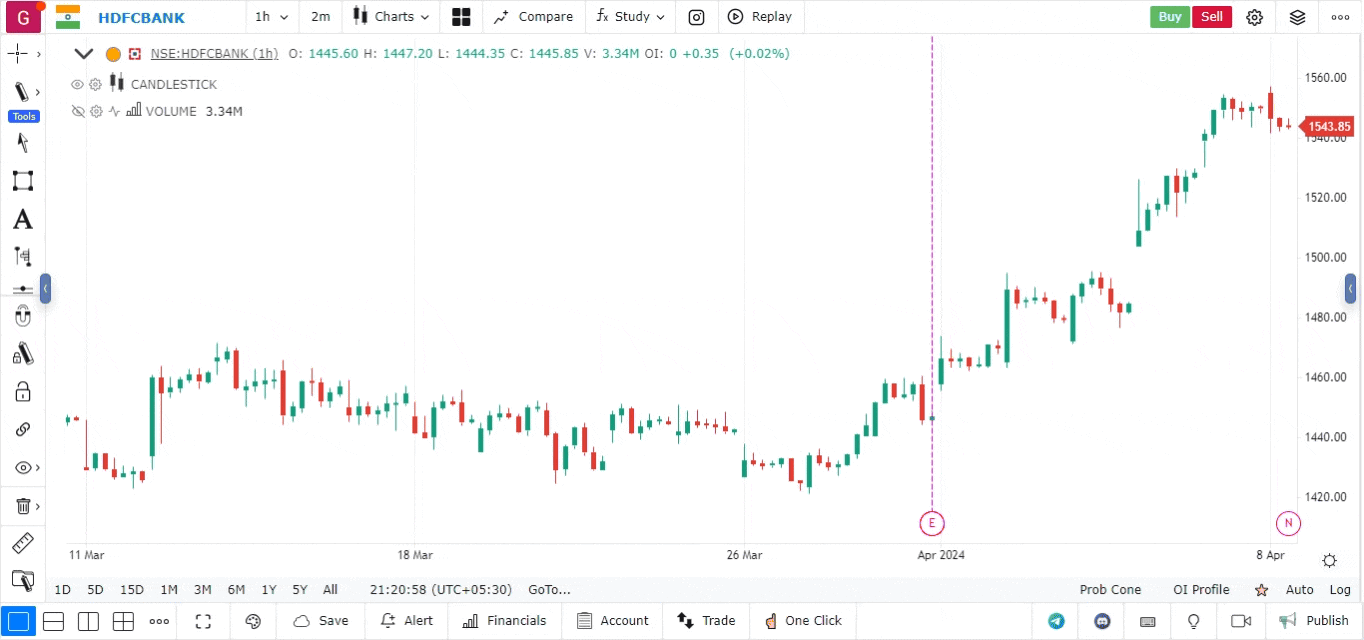Chaikin Volatility Indicator
The Chaikin Volatility Indicator is a technical analysis tool developed by Marc Chaikin that measures the volatility of an asset’s price. It focuses on the difference between the highest and lowest prices over a specified period and is often used to identify periods of increasing or decreasing volatility. This information can help traders make decisions about entry and exit points, as well as potential trend reversals.
Overview of the Chaikin Volatility Indicator
The Chaikin Volatility Indicator is calculated based on the average true range (ATR) of the asset over a specified period. It helps traders assess market conditions, such as whether the asset is experiencing increased volatility, which can often precede significant price movements.
Key Features of the Chaikin Volatility Indicator
- Volatility Measurement: It quantifies the volatility of an asset by assessing price range movements over time.
- Trend Analysis: It assists in identifying trends, as increasing volatility can indicate that a price breakout is imminent.
- Market Sentiment: The indicator can provide insights into market sentiment, as higher volatility often correlates with increased trading activity.
- Support for Divergence Analysis: Traders can identify divergences between the price and the Chaikin Volatility Indicator, which can signal potential trend reversals.
How to Use the Chaikin Volatility Indicator
-
Open the platform:
- Log in to your account.
- Load the chart for the asset you want to analyze.
-
Select the Timeframe:
- Choose a suitable timeframe that aligns with your trading strategy (e.g., daily, hourly).
-
Add the Chaikin Volatility Indicator:
- Go to the Indicators section in the platform interface.
- Search for the Chaikin Volatility Indicator.
- Click to add the indicator to your chart.

-
Interpret the Indicator:
- The Chaikin Volatility Indicator will appear as a line below the price chart, displaying volatility levels over time.
- An upward trend in the indicator suggests increasing volatility, while a downward trend indicates decreasing volatility.
-
Analyze Divergences:
- Look for divergences between the price movement and the Chaikin Volatility Indicator. For instance, if the price is making higher highs while the indicator is making lower highs, this may signal a potential reversal.
-
Combine with Other Indicators:
- Use the Chaikin Volatility Indicator in conjunction with other technical indicators (such as RSI or Moving Averages) to confirm signals and enhance your analysis.